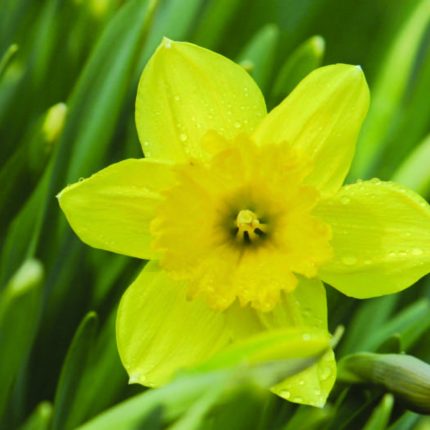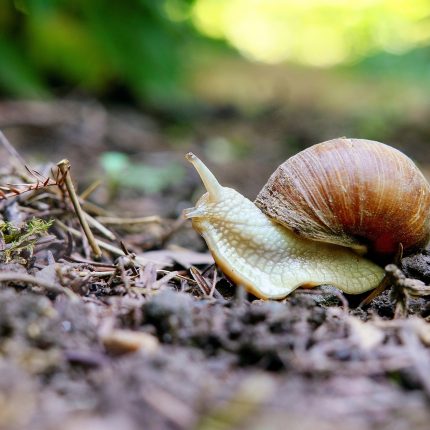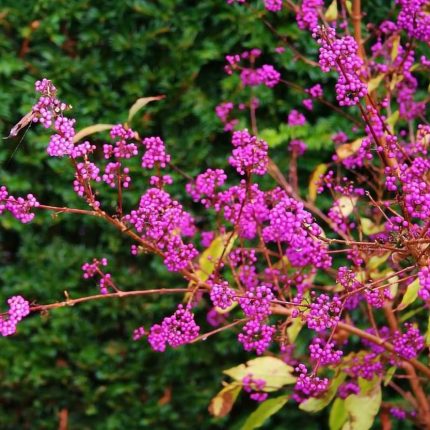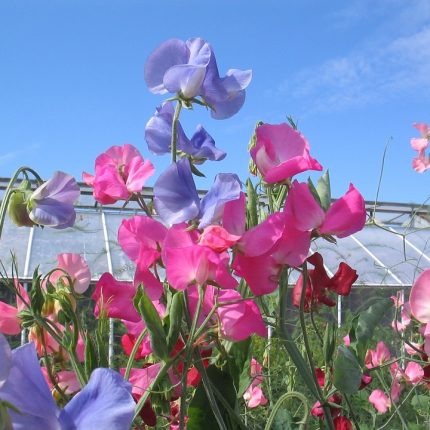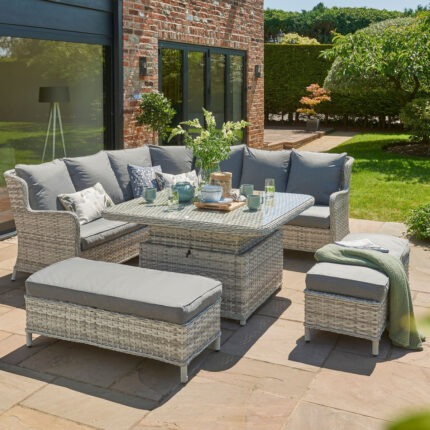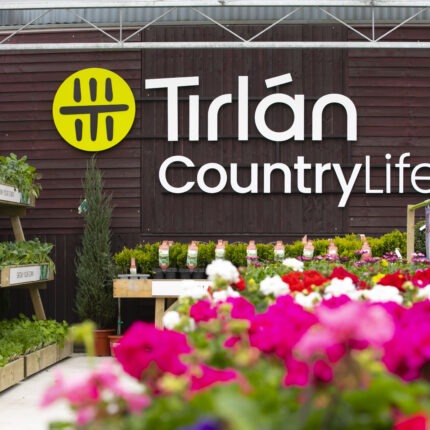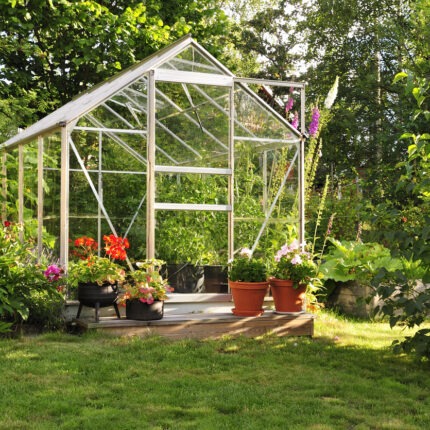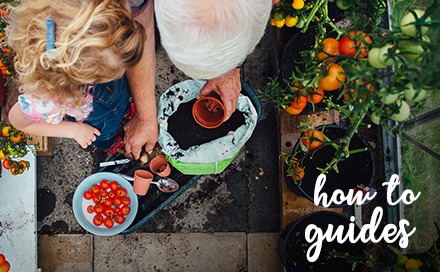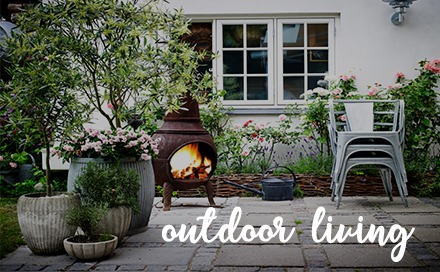Easy Summer Colour
Some of the more popular plants at this time of year are dahlias and sweet peas. They provide instant colour to a summer garden and produce an abundance of flowers.
Dahlias
Unfortunately, dahlias are not hardy. The leaves of a dahlia can be sensitive to frost and they won’t grow in cold soil.
With the soil beginning to warm up, it is the ideal time to begin planting dahlias. They generally flower from summer right through until autumn.
By adding your compost a few weeks before you plant, you will give it plenty of time to break down before planting your dahlias. An alternative to adding home compost would be to use Growmore fertiliser.
It’s a good idea to store your dahlia tubers over winter in moist compost within a flower pot. This will mean that by the time you’re ready to plant in May or June, the plants will have bushed up and could be flowering as early as July.
Location
Dahlias are native to Mexico but despite their tropical origins they do fantastically well in Irish gardens. That said, dahlias thrive in lighter, free-draining soils as this type of soil makes it easier for them to survive the winter.
Ideally you should plant dahlias somewhere that they have access to plenty of sunlight, and if possible with plenty of space around them. This can be challenging depending on the variation of the dahlia as sizes of flowers range from pompoms to dinner plates, and can grow to 3-4 feet tall.
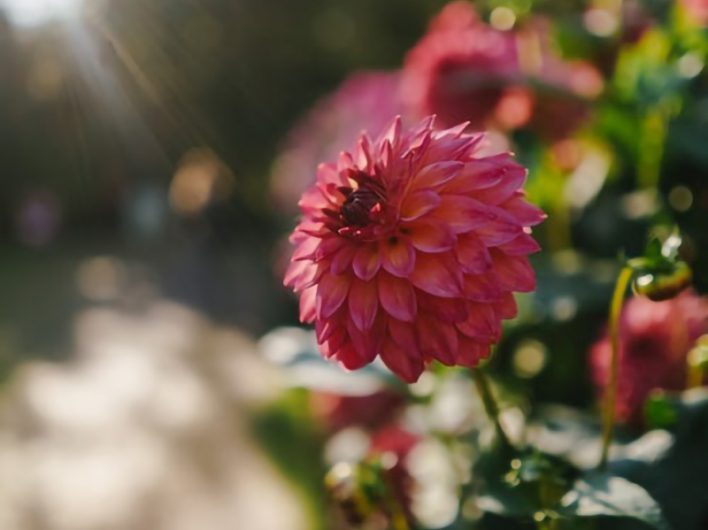
How to plant Dahlias
- Choose a tuber without wrinkle or rot
- Dig a 30cm x 30cm hole
- Set your tubers into the hole with your growing points facing upward
- Cover the base with compost or manure and water
- Put in your stake and place it beside your plant
- Scatter fertiliser into the hole a week after planting
- Avoid mulching- this can restrict sunlight and attract slugs and snails.
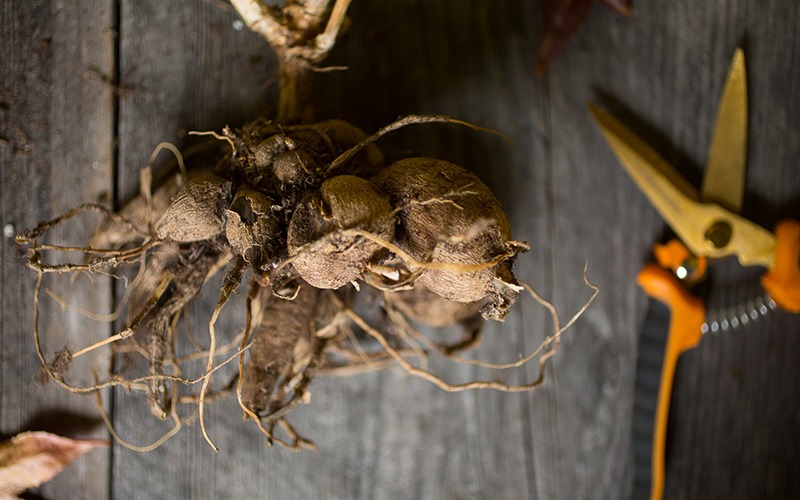
Dahlia maintenance
As your dahlia grows, you’ll need to squeeze out the tips of the main shoot. This can be done with a knife or simply by pinching it with your fingers.
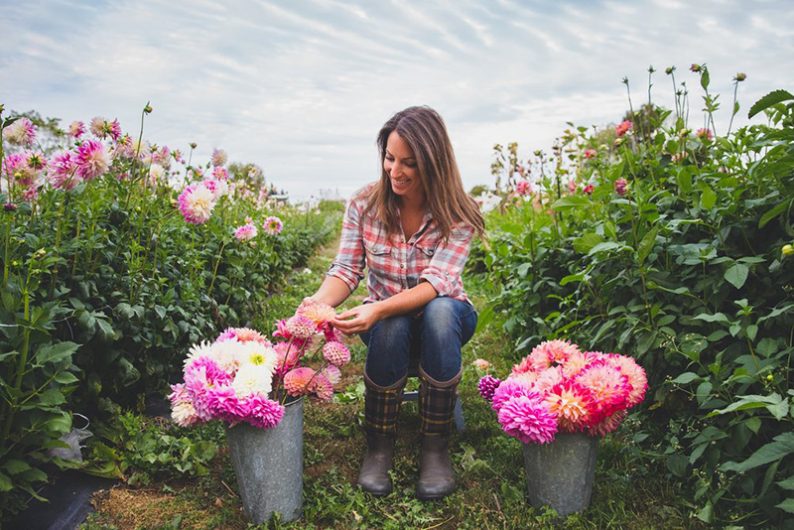
Dahlias are also prone to slugs and earwigs. A novel way of dealing with this is to scrunch up a small ball of paper nearby. Earwigs will be attracted to this to shelter from the sun and when they accumulate inside the paper, you can simply dispose of it.
You can also leave an upturned terracotta pot on a bamboo cane with straw in it nearby and the earwigs will gather inside it in the daytime making them easy to dispose of.
Don’t forget to adjust your stake as your dahlia grows. Failing to do this properly can reduce the plant’s stability and cause it to collapse.
Sweet Peas
As well as adding fantastic colour to a garden, sweet peas also provide a lovely scent.

Best location for planting sweet peas
Sweet peas thrive in freshly dug, fertile soil. If you’re buying your sweet pea in a pot, be sure to keep them separate and plant them 2-3 inches away from one another. Sweet peas tend to try to climb on top of other plants so plant them on their own if you’re planting them in a container.
They also enjoy plenty of sunlight so try to plant somewhere out of the shade where they can get access to the sun.
How to sow sweet peas
- Plant in a well-drained site with alkaline soil
- Mix compost and manure to prepare your soil
- Dig a trench approximately 4 inches deep
- Poke small holes in the soil
- Drop in your seeds
- Press down on your seeds firmly, about half an inch into the ground
- Water and feed immediately

Sweet Pea Maintenance
It’s important to start pinching out active buds once they reach about 3 inches tall. This is a quick and easy job that’s well worth doing as it ensures that you’ll have much more flowers.
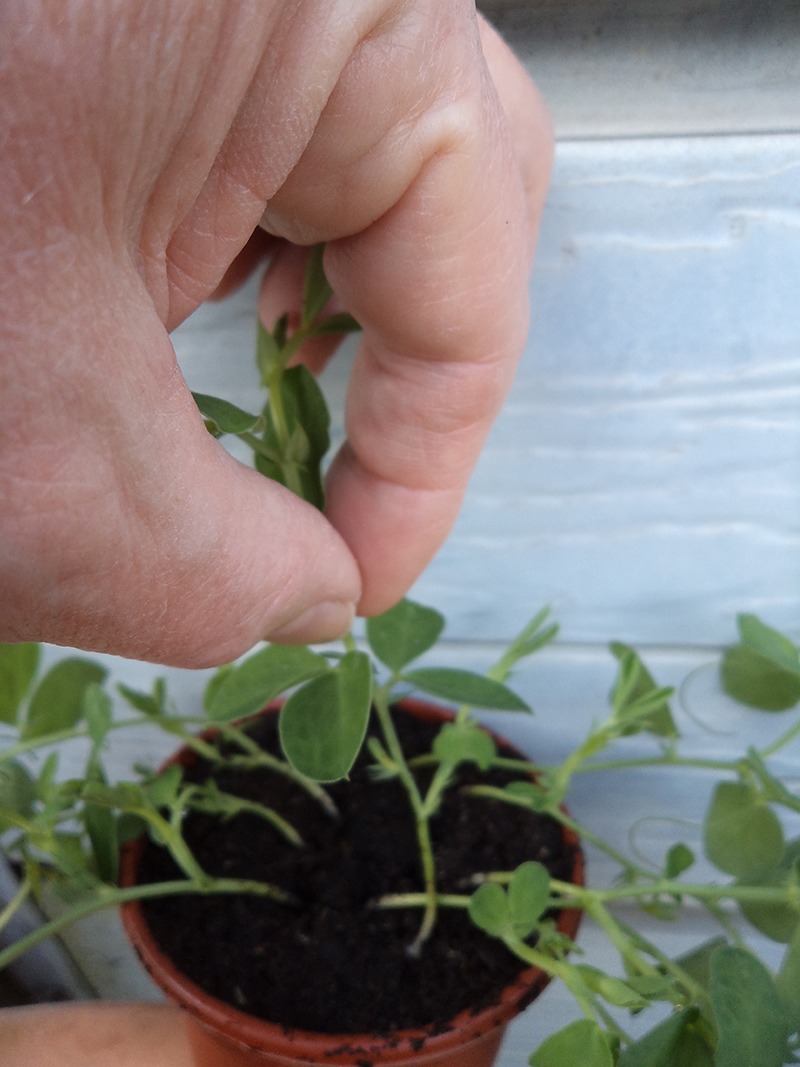
Sweet peas are generally quite a hungry plant so be sure to be feed them every fortnight, and weekly once they start to flower. Baby Bio is a popular choice.
We’re here to help
If you have any questions about planting and maintaining dahlias or sweet peas talk to any of our horticulturists in store. If you have a specific problem like pest damage on a plant, it’s really helpful to bring us a photo of it. We’d love to help.

